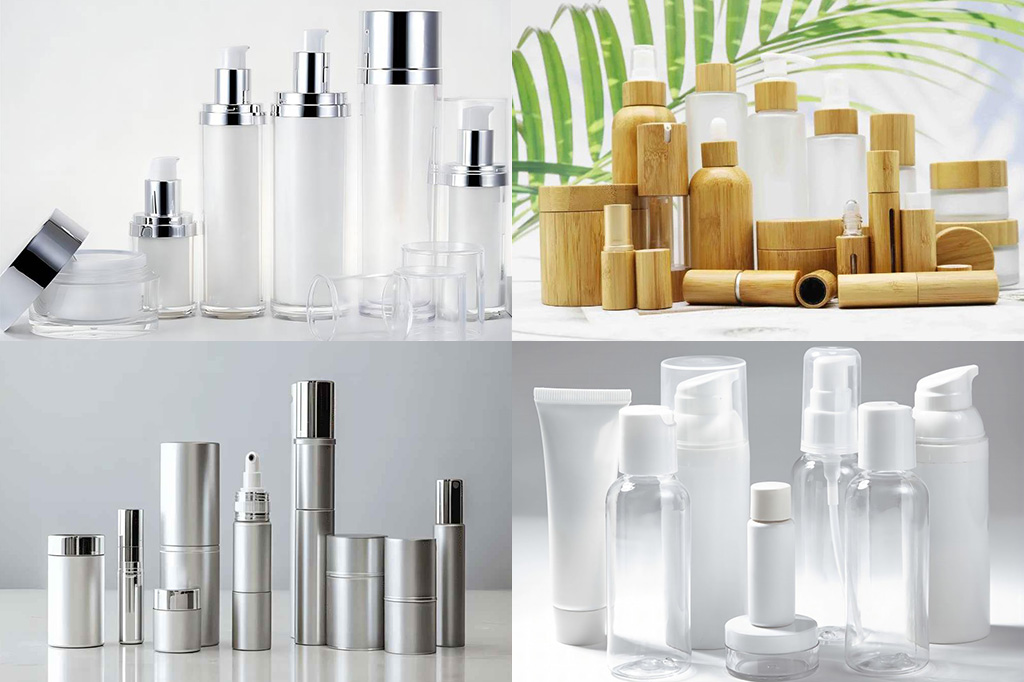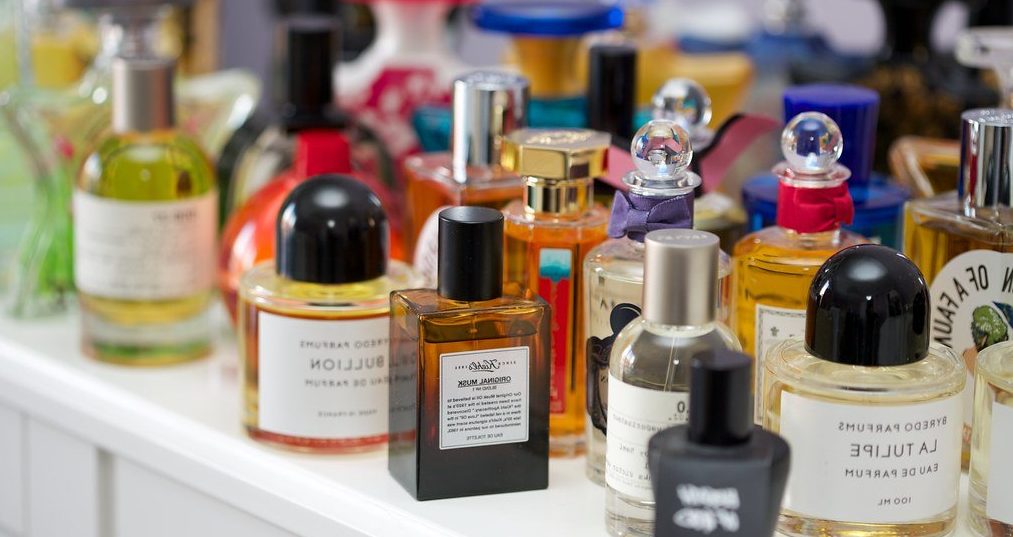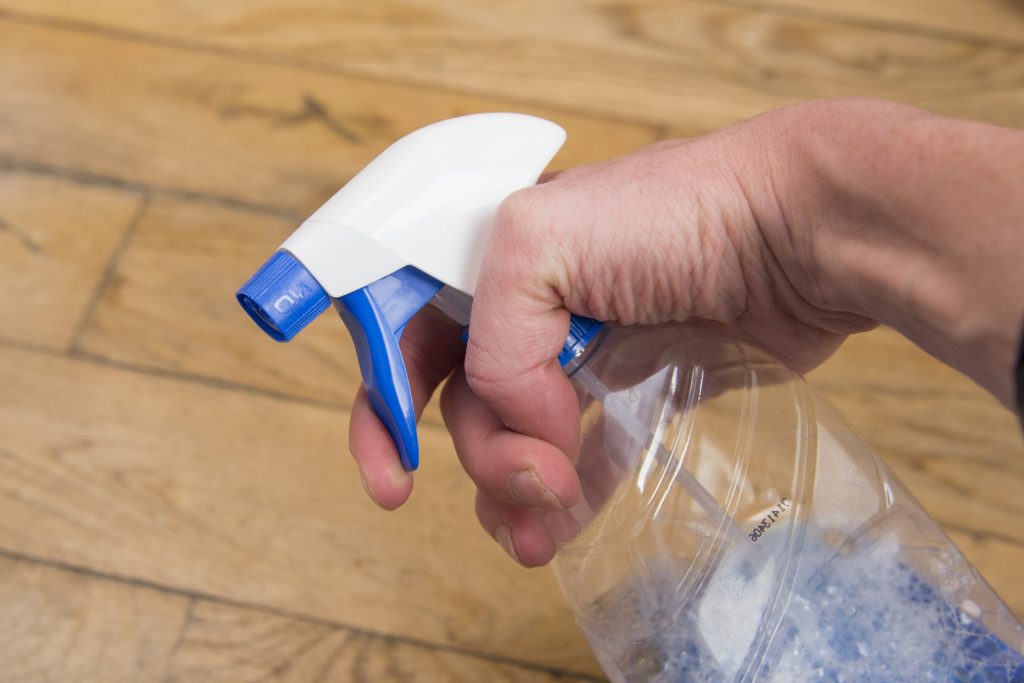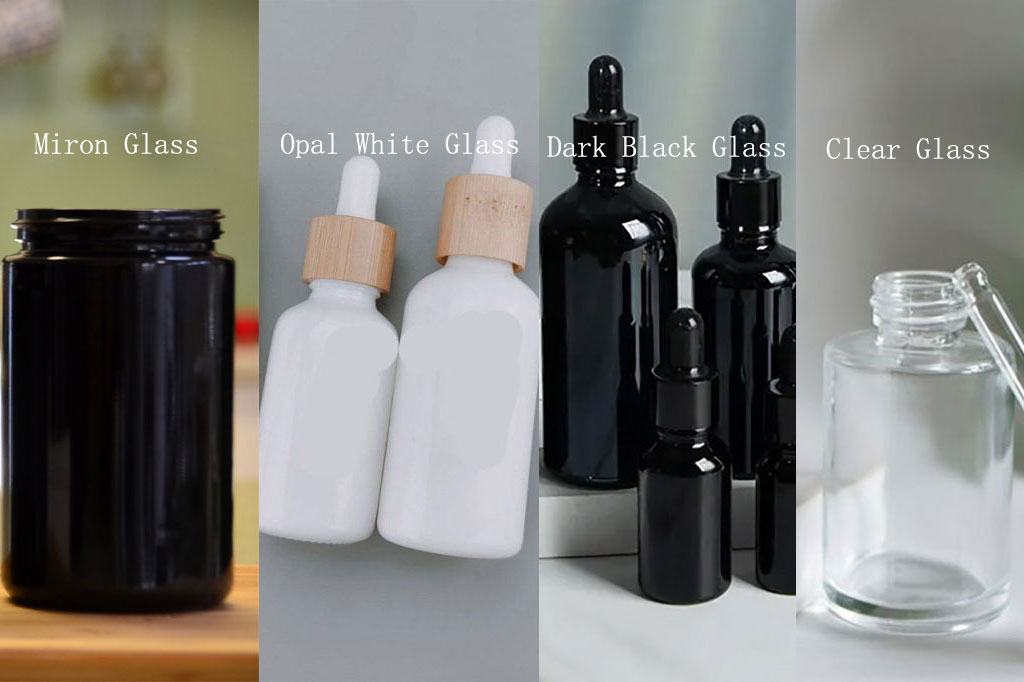As consumer awareness of environmental impacts increases, the importance of cosmetic packaging materials continues to rise. Sustainability and safety are now key factors influencing consumer choices.
Glass, bamboo, metal, and plastic offer unique advantages and disadvantages. Cosmetic skincare brands prioritize eco-friendly practices alongside product integrity, necessitating careful material selection.
A Quick Comparison
Feature | Glass Skincare Packaging | Bamboo Skincare Packaging | Metal Skincare Packaging | Plastic Skincare Packaging |
Appearance | Elegant, sophisticated, high-quality | Natural, organic, eco-friendly | Sleek, industrial, minimalist | Versatile, can mimic various looks |
Durability | Fragile, can break or shatter | Durable, but may need inner linings | Very durable, can dent or scratch | Resistant to breakage, flexible |
Recyclability | Highly recyclable | Biodegradable, but may require separate recycling | Highly recyclable | Depends on type, some are less recyclable |
Sustainability | Requires more energy to produce, but recyclable | Sustainable and renewable resource | Recyclable, but may require significant energy to produce | Varies, some plastics contribute to environmental issues |
Weight | Heavier compared to bamboo or metal | Lightweight, easy to transport | Can be heavier than bamboo, but lighter than glass | Lightweight and flexible |
Contamination Risk | Excellent, impermeable to air and liquids | May require inner linings to prevent contamination | Excellent, resistant to air and liquids | May leach chemicals, needs to be food-safe |
Applications | Often used for luxury or premium products | Suitable for eco-friendly and natural brands | Ideal for travel-friendly and modern brands | Used widely due to low cost and versatility |
The above picture compares the characteristics of three skincare packaging materials. The benefits and limitations of each material are outlined in detail below.
Glass
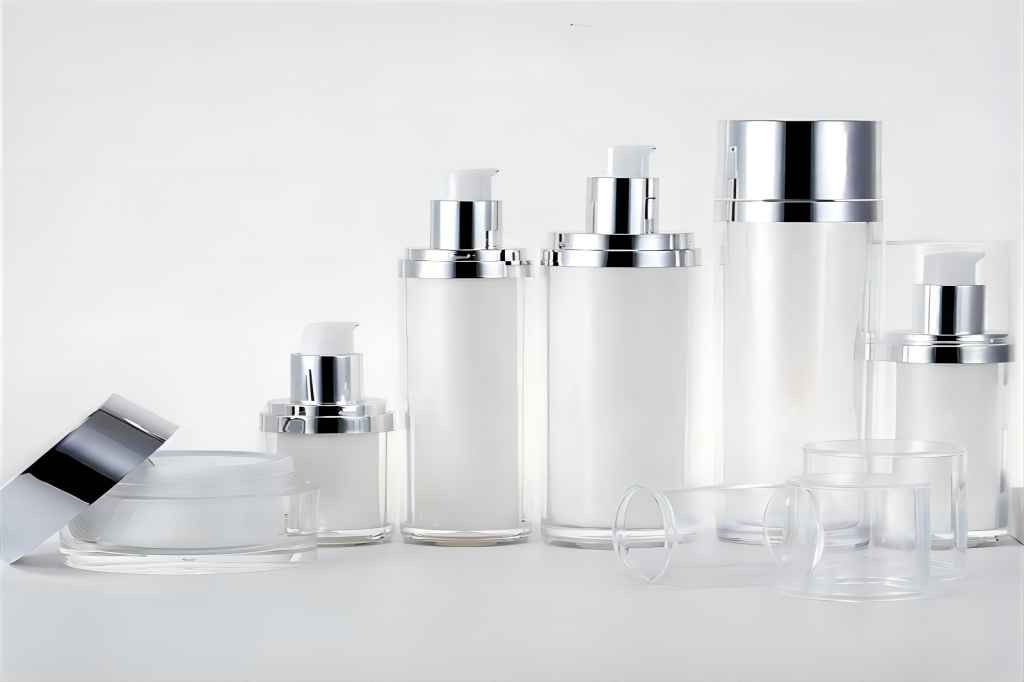
Glass cosmetic packaging is recognized for its premium quality, sophisticated look, and recyclability. It’s impermeable, keeping products fresh and protected from contamination, making it a popular choice for premium and luxury skincare brands.
While glass is heavy and fragile—impacting shipping and handling costs—it’s also easy to recycle and doesn’t leach chemicals into products.
Pros | Cons |
|
|
Bamboo
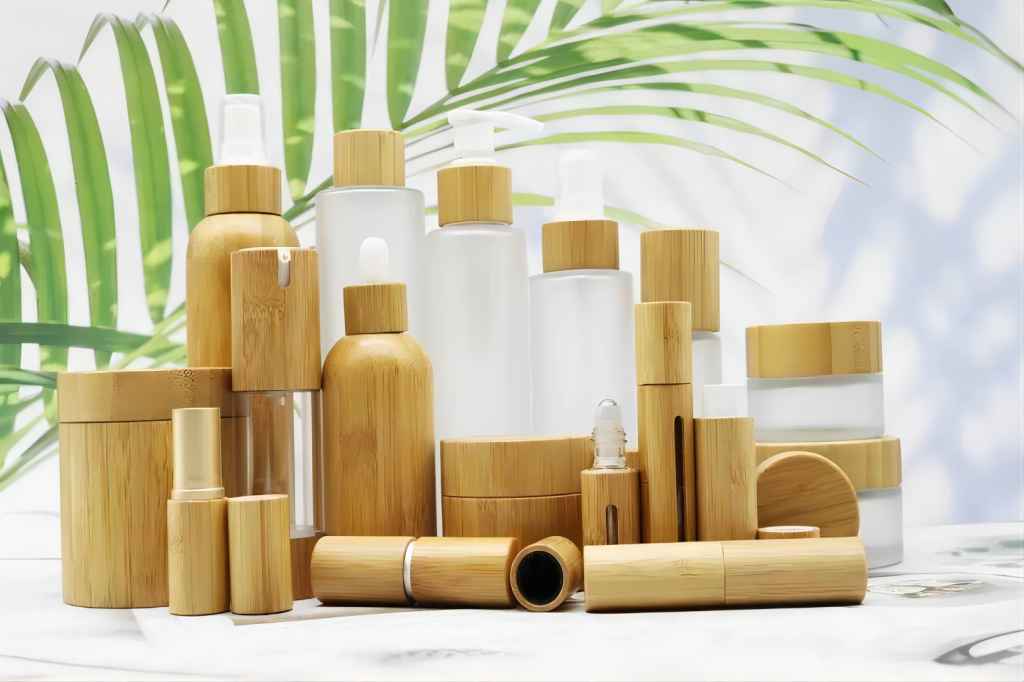
Bamboo packaging is an eco-friendly and sustainable choice, valued for its natural aesthetics and biodegradability. It’s lightweight yet durable, offering a unique organic touch to skincare packaging.
Bamboo is ideal for brands that emphasize sustainability and environmental consciousness. However, it may require inner linings or other components for sealing and durability, potentially complicating recycling.
Pros | Cons |
|
|
Metal
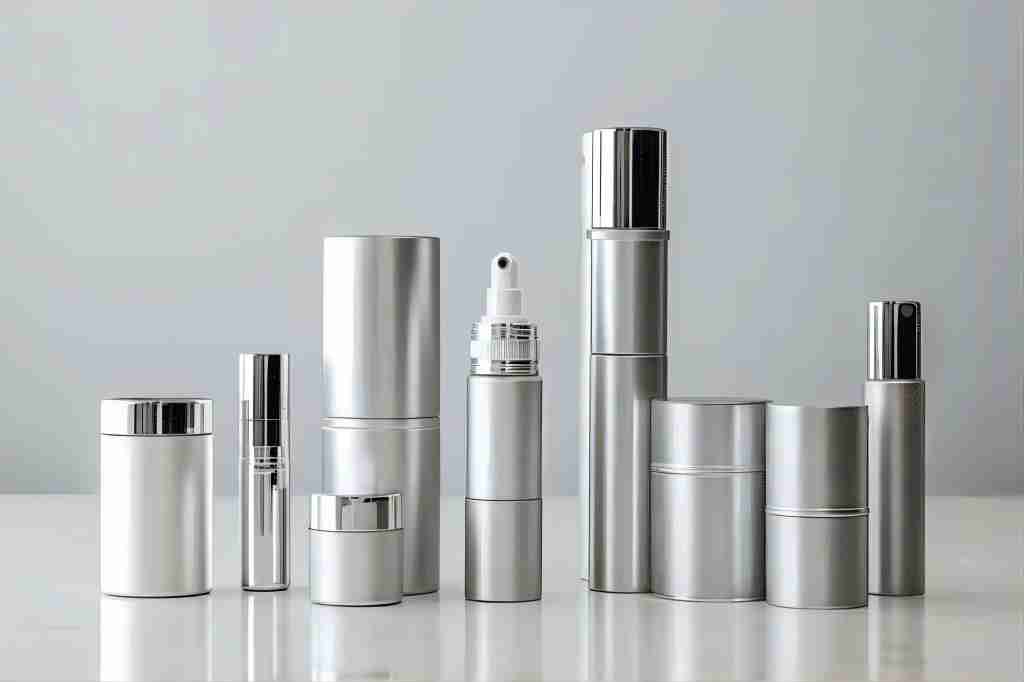
Metal packaging, such as aluminum or stainless steel, is sturdy and durable, offering excellent protection for skincare products. It is often associated with a sleek, industrial look, ideal for modern and minimalist brands.
Metal has good recyclability and resists breakage, making it suitable for travel and on-the-go products. However, it might be heavier than other materials and could get dented or scratched with use.
Pros | Cons |
|
|
Plastic
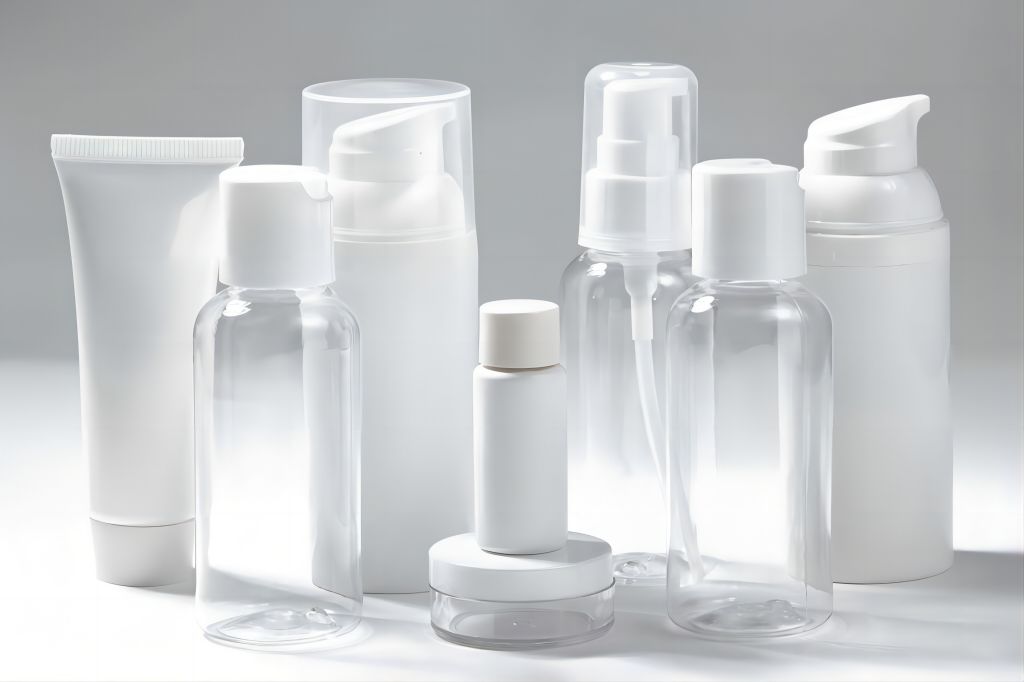
Plastic is lightweight and flexible, making it popular for skincare packaging due to its versatility and low cost. It is resistant to breakage and well-suited for travel-friendly products.
However, plastic can contribute to environmental pollution and is often less recyclable than other materials. Certain plastics might release chemicals into products, so safety must be carefully considered.
Pros | Cons |
|
|
Conclusion
Consumer preferences in skincare packaging are shifting toward sustainability and safety. Glass is recyclable but costly; bamboo is environmentally friendly but may lack sealing; metal is durable but expensive; plastic is versatile but environmentally concerning.
Brands should consider brand positioning, consumer preferences, and sustainability goals to select the right skincare packaging material. Each has unique pros and cons. A comprehensive evaluation helps align with consumer needs and ensure product safety.

